8 tips for eating more vegetables
How can we start eating more vegetables every day? Growing your own food is a good first step of course. But you also need to start adapting your meal planning. Here are my 8 best tips!
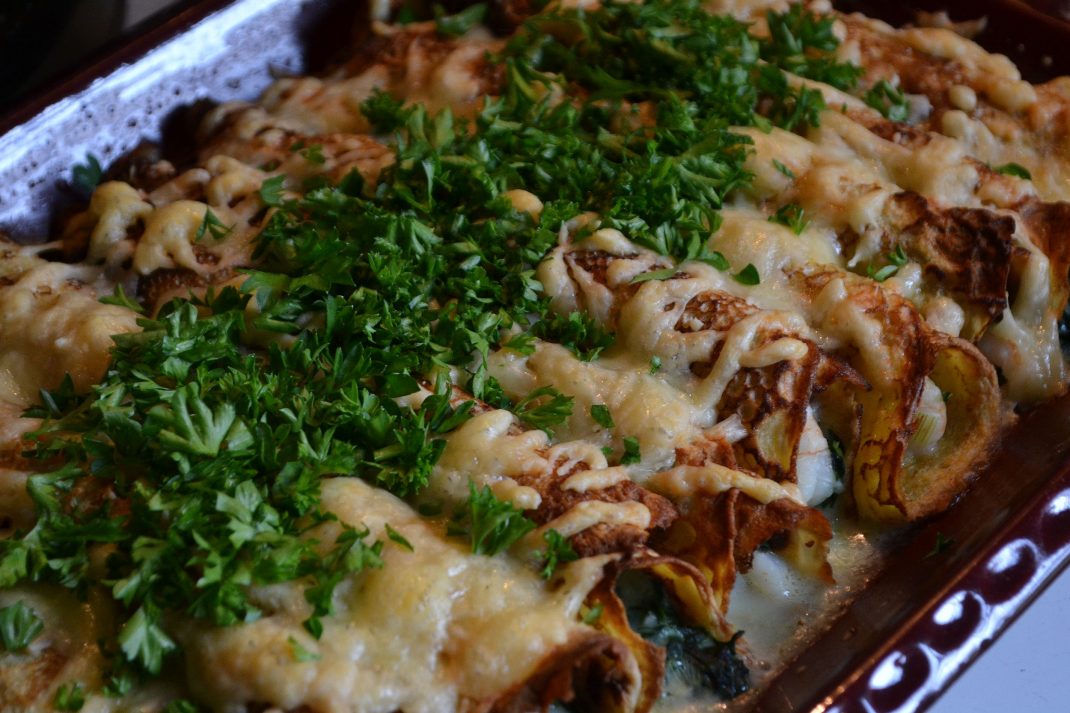
My homemade crepes with spinach stew.
I talk a lot about eating the vegetables that I grow here at home. But to be honest, it wasn't until 2015 that I actually felt sure that we would manage to eat everything that I was producing. By then, there were no doubts. I knew that we would be able to eat it all. It was my fifth year in the kitchen garden and I had become really good at growing just the right amount of different kinds of vegetables. On top of that, my husband and I were getting better at meal planning so we were never worried about having leftover vegetables anymore.
Read more about eating homegrown food: Growing your own food, what's for lunch?
Planning is the challenge
Already in my first year, I realized that one of the biggest challenges in fact wasn't about becoming self-sufficient. It was making use of all the vegetables that we actually produced. All of our modern cooking seems to be about making it simple and saving time. We don't really need to think anymore. You can even buy services where you get a bag full of groceries and a recipe delivered to your door. All of the ingredients are easily available all year round and they come pre-packaged in just the right size. Most people have their favorite meals and products that they keep buying, the same thing year in and year out.
But what happens when we change our perspective? When we need to plan our meals according to what we have available in the garden right now. Eat something, make something! But what?
I'm planning for next season right now, and I feel completely sure that I will be able to use everything I'm growing. Everything. It feels really good!
Here are my 8 tips for eating more vegetables:
1. Make a list of the vegetables you can harvest now
I always make lists of what we can harvest right now, so both me and my husband are aware of what we have. I also write about any vegetables that we need to eat before they go bad. They are higher on the priority list, simply put. Right now, we need to eat the carrots I store in peat, and there's also some lamb's lettuce in the polytunnel that we need to eat before I can sow new seeds. In summer, we have a lot of arugula that we have to harvest before it grows too large. We also have potatoes that we need to get out of the soil so we can make room for the bean plants I want to put there instead. Since only one of us grows vegetables and knows about what we have available in the garden right now, we need to communicate about what we want to eat.

There are many ways you can start eating more vegetables at home. I like making pasties when there's plenty of spinach and other leafy greens in my garden. I make mine with dried mushrooms and garlic. Yum!
2. Plan your meals
Our vegetable list is the foundation of our weekly dinner plan. We usually eat meat twice every week, fish once or twice, some type of pancakes once and then vegetarian meals for the rest of the week. It's so easy for us to find use for all of our vegetables nowadays. It's just as easy to understand which vegetables we can't do anything with at the moment, so that I can figure out some other plan for them. I could freeze, pickle or bake something to make sure that we don't waste anything. We often just write "vegetables" as a dinner idea too, which basically means a mix of whatever we have available at the moment. We are making a lot of small dishes tonight. Bean gratin, oven-baked potatoes, corn on the cob with garlic butter, yogurt sauce, salad, carrot gnocchi and a few other things. So good!
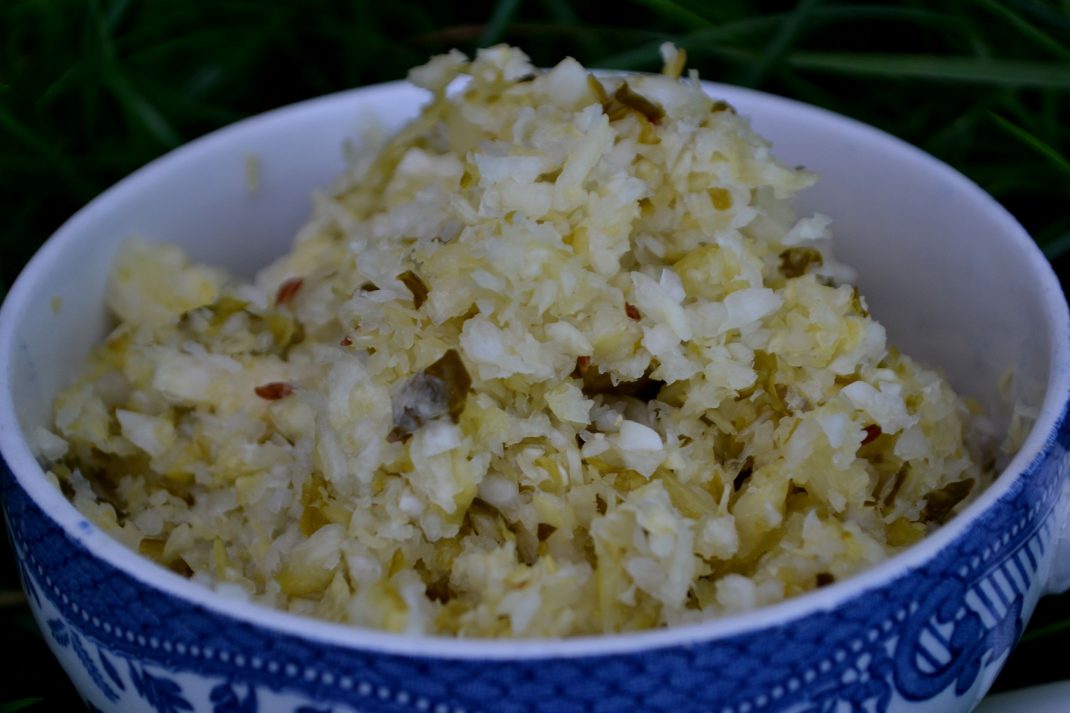
Fermenting is a great way to take care of your vegetables. This is fermented summer cabbage that tastes great as a topping on a sandwich, in soups, stews and salads.
3. Keep adding more vegetables!
We cook the food we like but we do adapt our meals to mostly include seasonal vegetables. When the kids want meat sauce, we make sure to add plenty of vegetables too. We use a whole lot of spinach in our fish gratins and probably add twice as many vegetables to our stews as the recipe specifies. Adding more vegetables also means more portions, and plenty of lunch boxes for later.
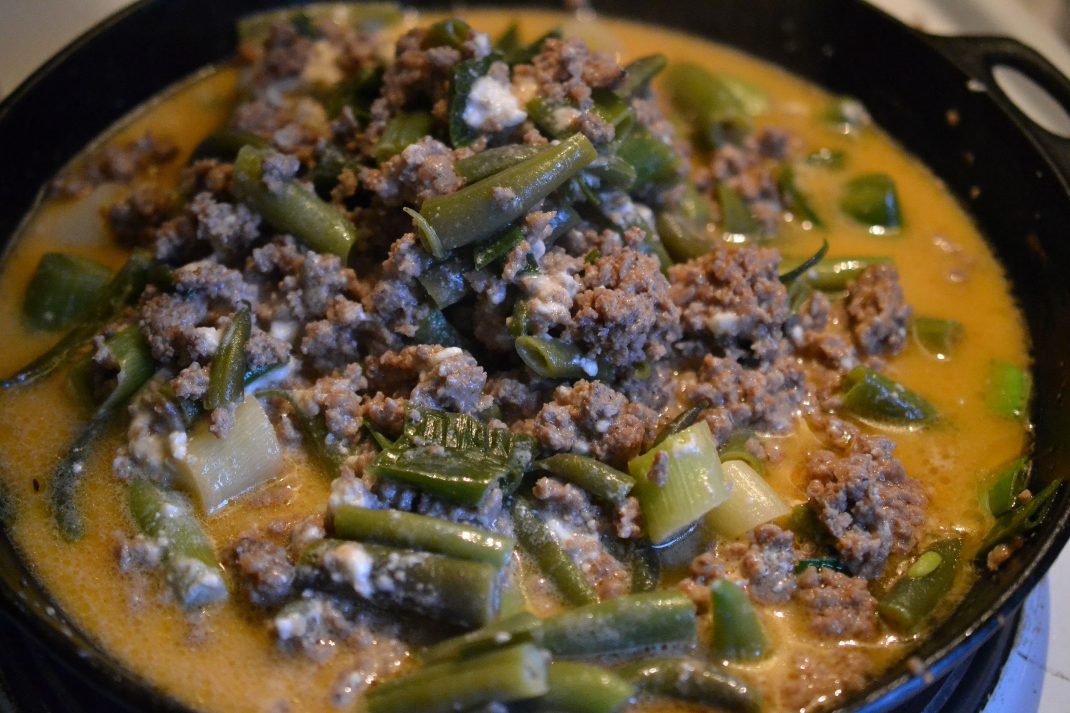
This dish is originally supposed to be made with white beans, leek and feta cheese. I have modified this recipe several times though so it contains a lot more vegetables now. I sometimes replace the white beans with snap beans instead, or Brussel sprouts. We eat this lamb mince stew with fresh bread and vegetables.
4. Replace meat, poultry and fish with vegetables
We often cook dishes where fish or meat are supposed to be the main ingredients, but instead we try to replace these foods with vegetables. These types of products are generally quite expensive too. Replacing them with homegrown produce helps keep the costs down. Hash tastes even better when you substitute the ham with homegrown asparagus and pizza becomes a lot more festive with spinach and garlic. There are plenty of options to meat and fish after all! It might take a bit of research to find flavor combinations that the whole family can get behind, but it's worth it. Eating more vegetables daily is of course great for the whole family!
5. Vegetable side dishes
We usually have many little side dishes at dinner, often with fresh or cooked vegetables. Serving a lot of vegetables means that the whole family gets plenty of healthy greens and everyone gets to eat their favorites. This also means that we eat a lot less meat here at home.
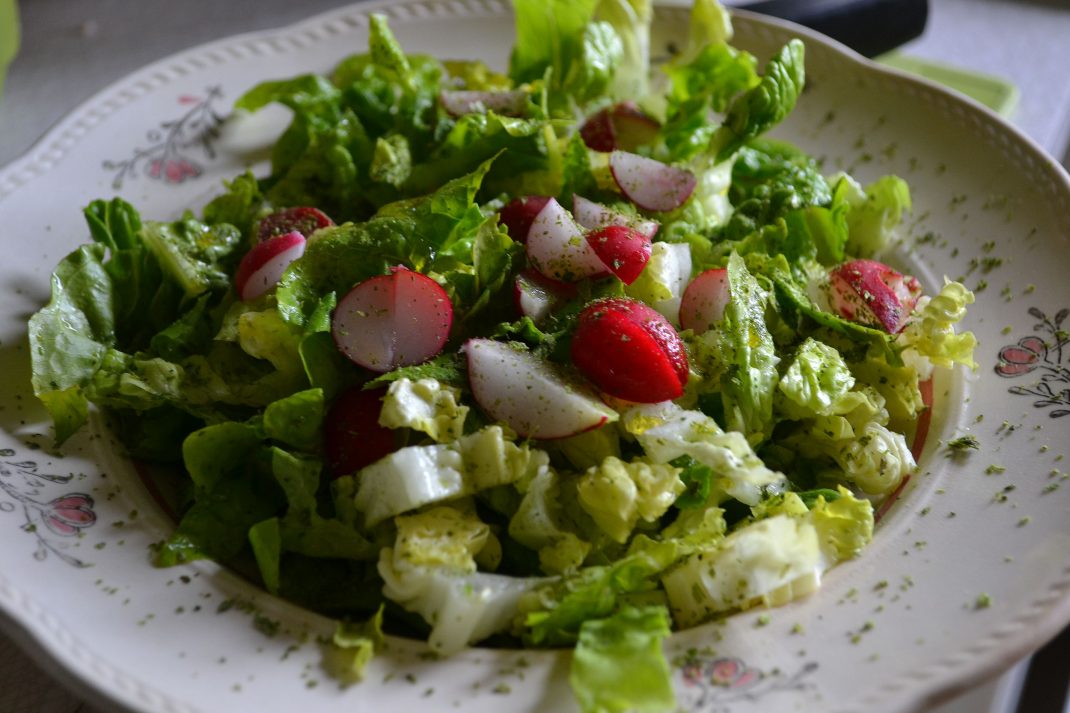
We eat fresh mixed salads with almost all of our meals, all year round. We make the salads with whichever greens we have available in the garden right now. Making a habit out of serving salads is a great way to start eating more vegetables daily.
6. Change up the ingredients!
We often notice that we miss one or two ingredients when we want to cook something special. Our first instinct is nowadays to simply substitute the missing ingredient with another vegetable, instead of going to the grocery store. And it works, we rarely get disappointed! Root vegetables are basically interchangeable in soups, gratins, soups, mashes and more. The same goes for many greens. You can substitute yellow onion with everything from chives to leek. Don't be afraid to experiment!

We always eat some kind of pancakes on Thursdays. Batter pudding, waffles, crepes or potato pancakes. We often make potato pancakes with carrots, parsnip or Jerusalem artichokes too. I often put some onion greens in the batter, delicious! Incorporating vegetables in these types of dishes is a great way for the kids to start eating more vegetables too.
My homemade potato pancakes: Potato pancakes with Jerusalem artichoke and leek
7. Google new ingredients and recipes
Google is always a good help when you feel uninspired in the kitchen. I often look to the internet for new inspiration. I think it's even better than looking through the cook books! It can be difficult to follow a recipe to the t since we might not have all of the ingredients in the garden though.
8. Get creative!
I think that the most important thing is to change your attitude to cooking in general. If you want to eat a lot of homegrown food, then you will of course need to adapt your cooking to what you have available at the moment. This means that you might need to wait a while to cook certain dishes, or replace the ingredients with other vegetables. The luxurious tomato dishes will have to wait until our tomatoes are in season, so we don't have to buy the much less enjoyable tomatoes from the store in winter for example. Instead, we try to be creative with our food. We love making homemade hamburgers. But instead of putting lettuce and tomatoes on them, we use snow peas, beet greens and a sauce made with Chinese chive and thinly cut radishes. It's a completely new dish almost, it tastes great. Try getting creative in the kitchen too!
I hope that these tips will give you an idea about how to start eating more vegetables at home too. I have plenty of recipes here on the blog, check them out!
/Sara Bäckmo
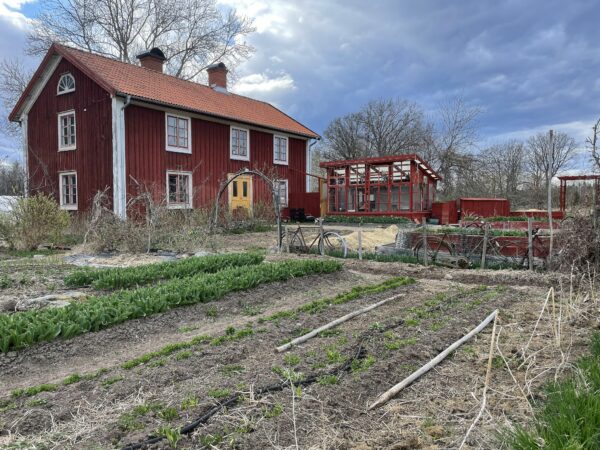
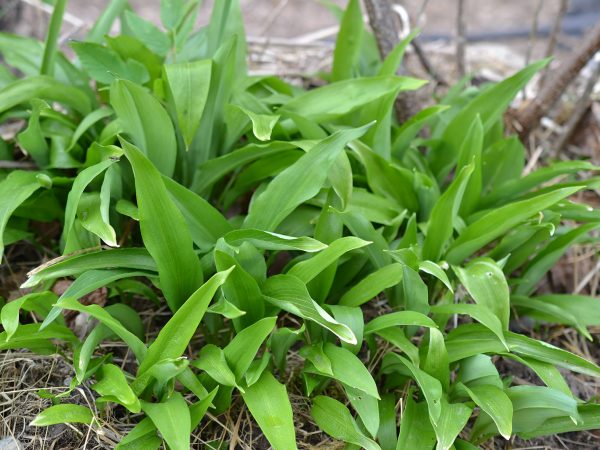
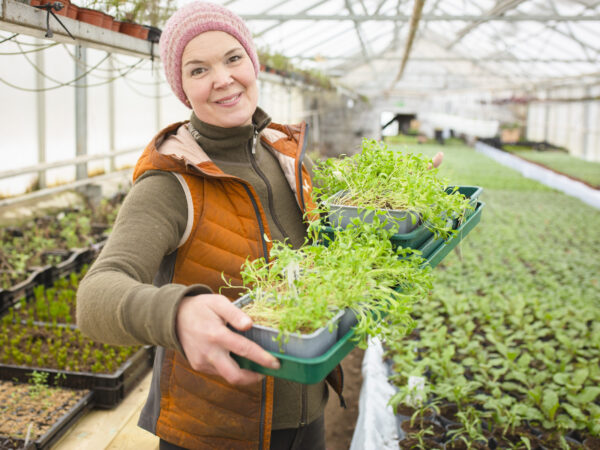
This is inspiring! Thank you!
Sara, You come up with the vest ideas! Love this post. Thank you.
Thank you so much!